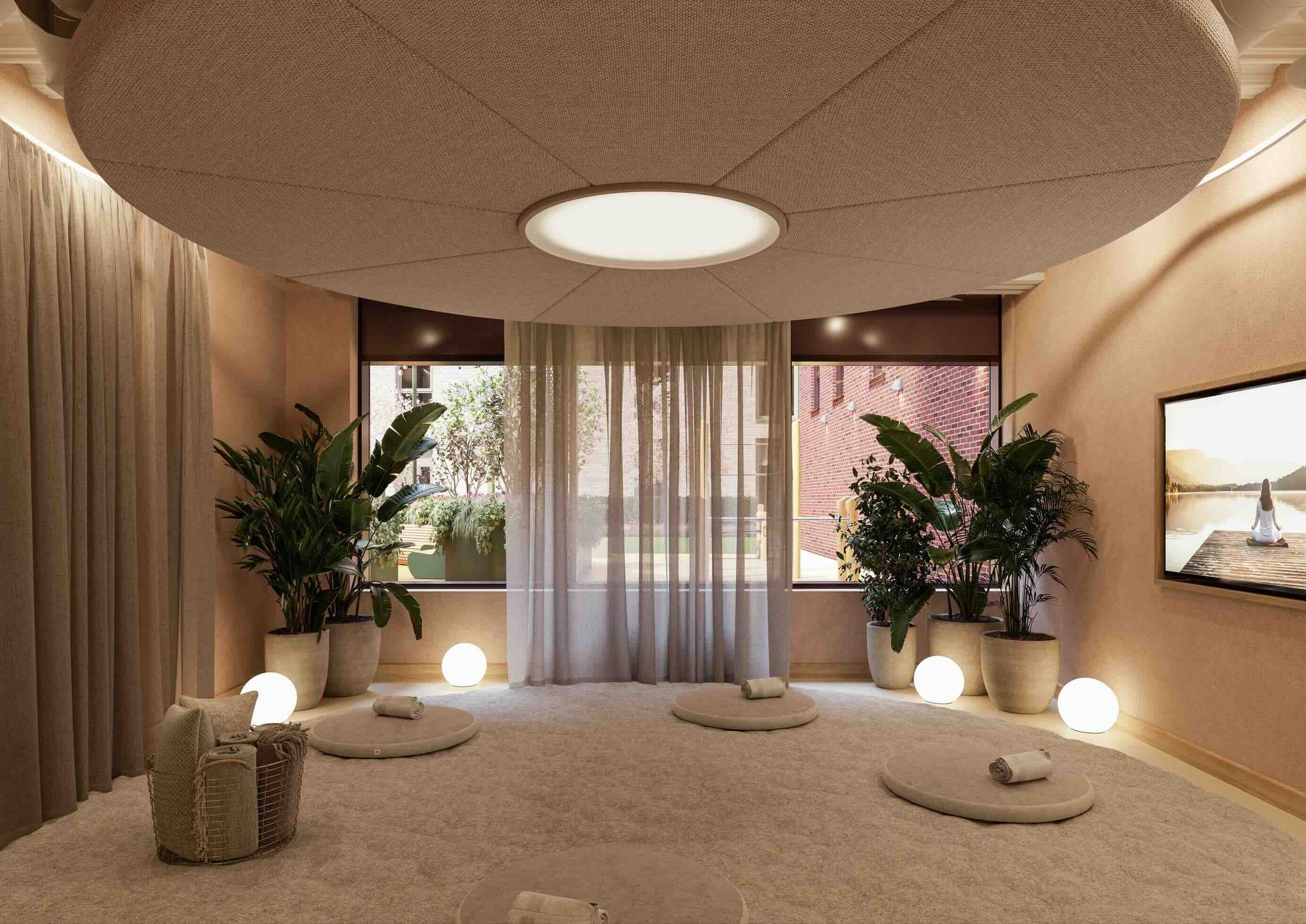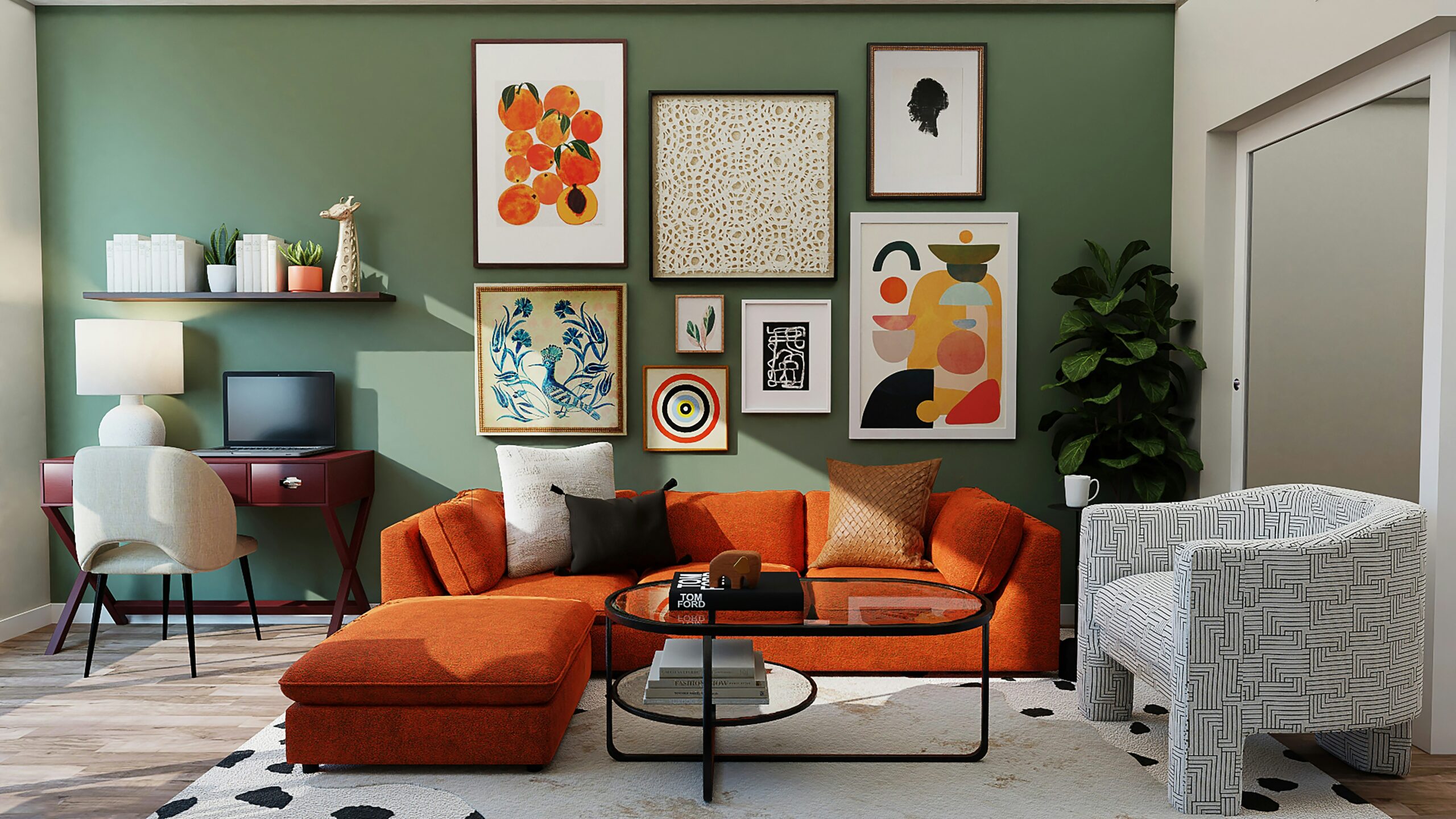In 2025, biophilic interior design isn’t just a trend—it’s a necessity. As urban living becomes more disconnected from nature, homeowners and designers are turning to biophilic principles to create spaces that nurture well-being, reduce stress, and boost productivity. This approach goes beyond potted plants, integrating natural light, organic textures, and even technology to blur the lines between indoors and outdoors.
Why Biophilic Design Matters in 2025
The World Health Organization predicts that urban populations will grow by 60% by 2030, making access to green spaces a luxury. Biophilic design counters this by embedding nature into our daily environments. Studies show that such spaces can:
- Reduce stress levels by up to 15%
- Enhance creativity and focus
- Improve air quality and mental clarity
Key Elements of Biophilic Design in 2025
1. Dynamic Natural Light
Large windows, skylights, and light-diffusing materials mimic the sun’s natural rhythms. Smart glass technology adjusts transparency to optimize daylight without glare, reducing reliance on artificial lighting.
2. Organic Materials and Textures
Think reclaimed wood, stone accents, and woven fibers. These materials add tactile warmth while lowering the carbon footprint of interiors. In 2025, expect to see more mycelium-based furniture (grown from fungi) and biodegradable textiles.
3. Living Walls and Vertical Gardens
No space for a garden? No problem. Hydroponic living walls purify air and add vibrant greenery to apartments and offices. Modular systems make maintenance effortless—some even self-water via IoT sensors.
4. Nature-Inspired Technology
From soundscapes of forest birds to projectors that cast shifting tree shadows, tech is bridging gaps where nature can’t physically exist. AI-driven climate systems replicate breezes and seasonal humidity changes.
Top Biophilic Design Trends for 2025
| Trend | Impact |
| Terrazzo with natural aggregates | Adds earthy elegance while using recycled materials |
| Biomorphic furniture (curved, flowing shapes) | Evokes natural forms for calming effects |
| Water features (indoor fountains, reflecting pools) | Enhances acoustics and relaxation |
How to Incorporate Biophilic Design at Home
- Start small: Add air-purifying plants like snake plants or peace lilies.
- Embrace imperfections: Choose handmade ceramics or unpolished wood for authenticity.
- Layer natural sounds: Use white noise machines with rain or ocean settings.
- Prioritize views Arrange seating to face windows or create a focal point with a living wall.
As we move deeper into the digital age, biophilic design reminds us that humans thrive when connected to nature—even indoors. In 2025, it’s not just about aesthetics; it’s about crafting spaces that heal, inspire, and harmonize with the planet.




